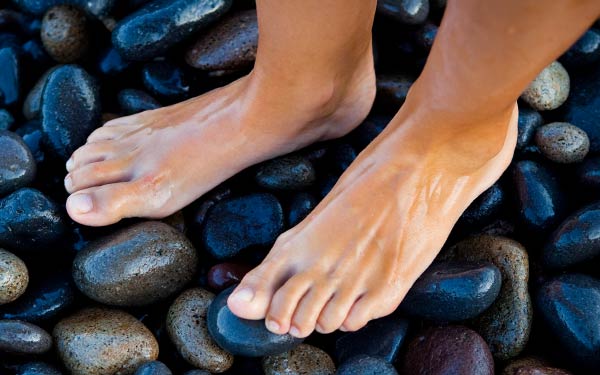Ingrown toenail surgery

Nail avulsion is a minor surgical procedure to relieve a painful condition
Ingrown toenail surgery, known clinically as a nail avulsion, is a minor procedure performed by our podiatrists in our clinics to manage recurrent and painful ingrown toenails.
- In a partial nail avulsion (PNA), the ingrown section of the toenail is removed from one or both sides. This commonly used procedure removes only the “offending” nail spicule/s, preserving most of the original nail. Many post-avulsion toenails look quite normal.
- A total nail avulsion (TNA) is a rare procedure and involves the complete removal of the affected toenail. It is used only where previous surgeries have been unsuccessful, there is extensive nail matrix damage or the nails are extremely involuted.
In both procedures, a chemical cautery with phenol may be applied for 1 to 5 minutes to the nail bed to prevent regrowth of the offending nail. These surgeries have shown a high rate of efficacy and low recurrence rate.
Following nail surgery, a light bandage will be applied. Most people experience very little pain after surgery and may resume normal activity the next day.
Common questions about ingrown toenail surgery
We usually book 1-hour appointments. This allows for the anaesthetic to take effect, to take care of paperwork and just to relax before the procedure. The surgery itself only takes about 15–20 minutes.
One of the most common questions we get is whether it will hurt. The injection of local anaesthetic to the toe is uncomfortable however it does not last long. Once the anaesthetic begins to work, the rest of the procedure is pain-free. The anaesthetic lasts approximately 2 hours, and some people report pain as it wears off.
On average, nail avulsion surgeries take 4–6 weeks to heal fully. It is advised that you rest for the first 24 hours and limit prolonged weight bearing on the foot.
Local anaesthetics are noted for their safety and complications are very rare. Occasionally, a bacterial infection requiring antibiotics may occur post-operatively and there may be temporary bruising or tingling at the site of injection.
You will be able to walk normally. However we do not recommend that you drive following the surgery as the anaesthetic will still be effective.
Following nail surgery, a light bandage is applied. We advise patients to bring sandals or thongs to wear after the surgery to accommodate the space taken up by the dressing.

